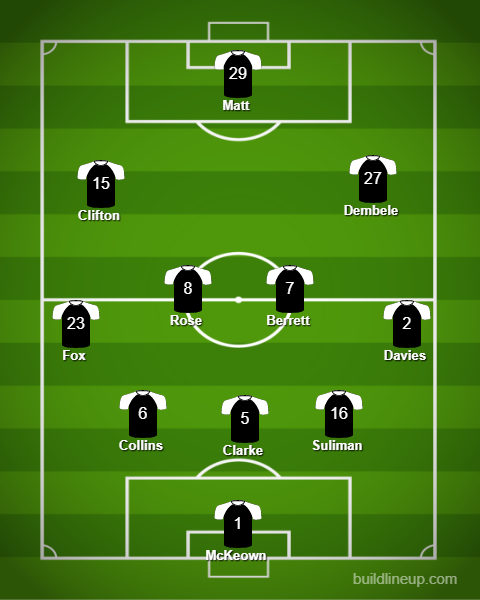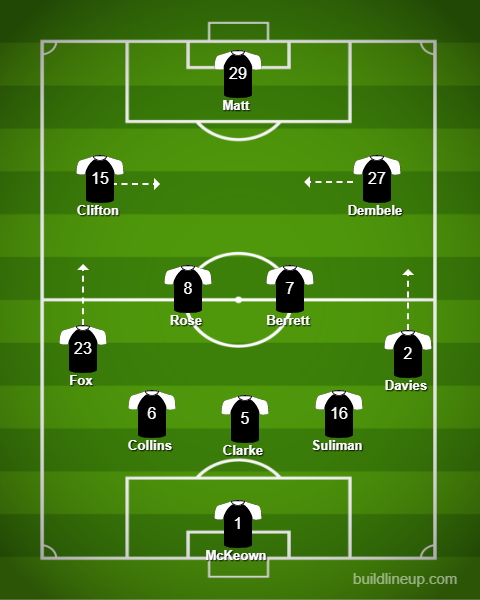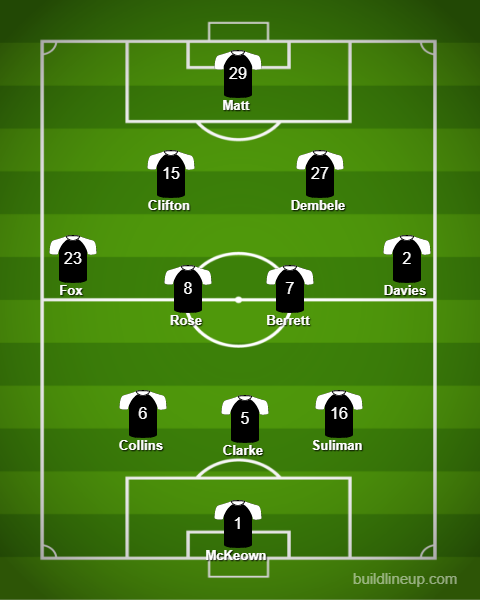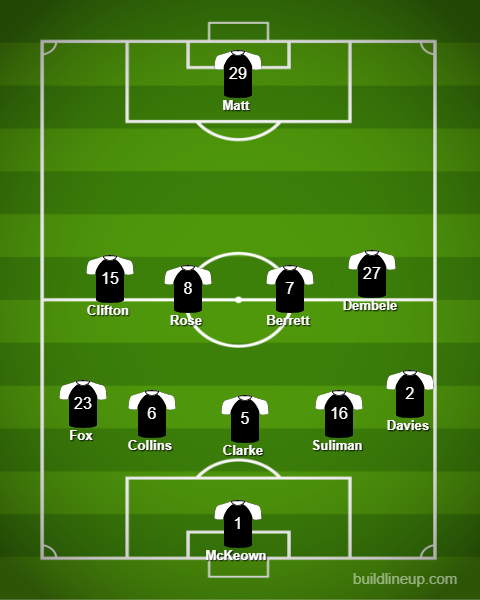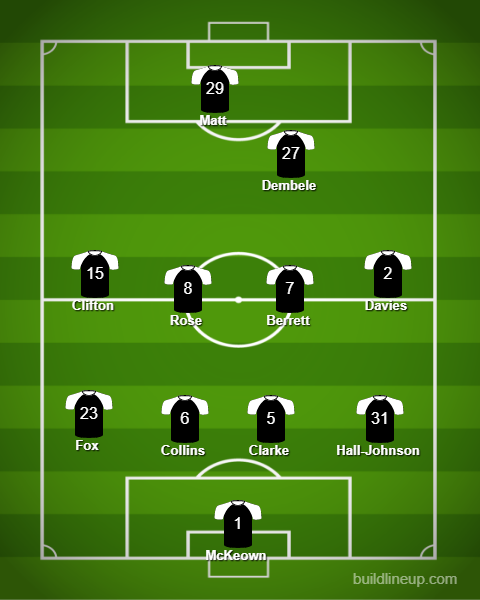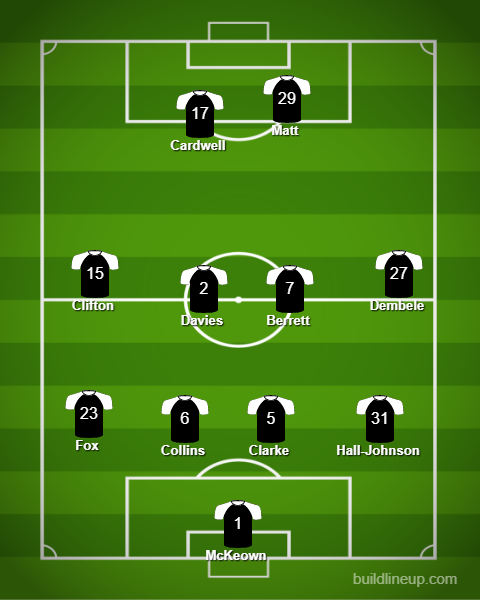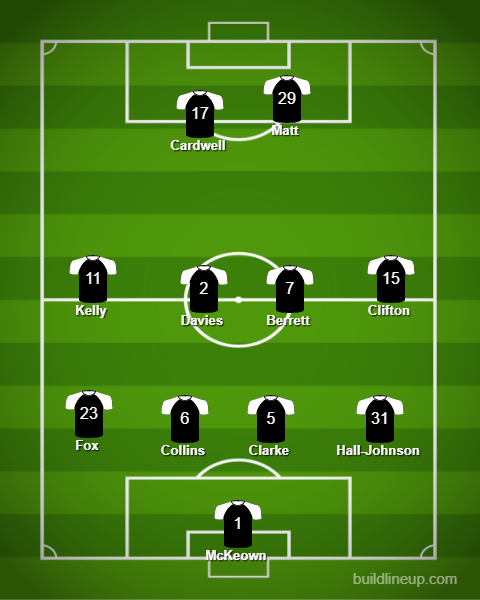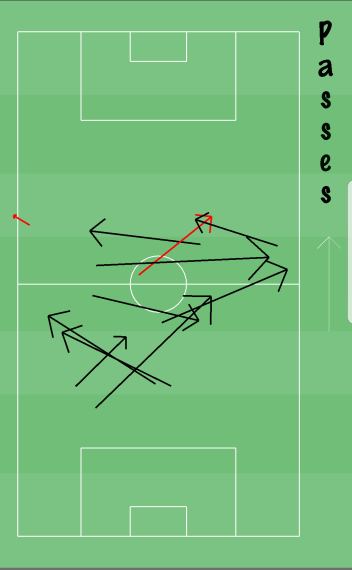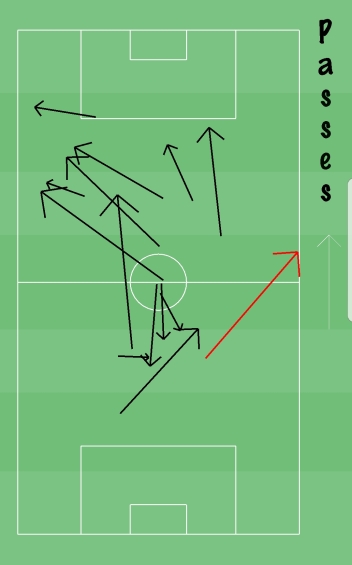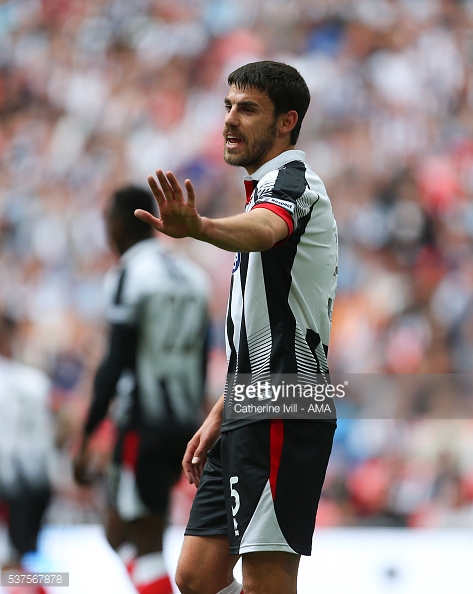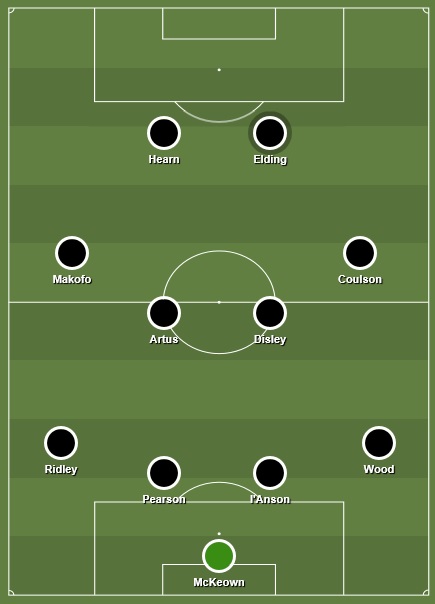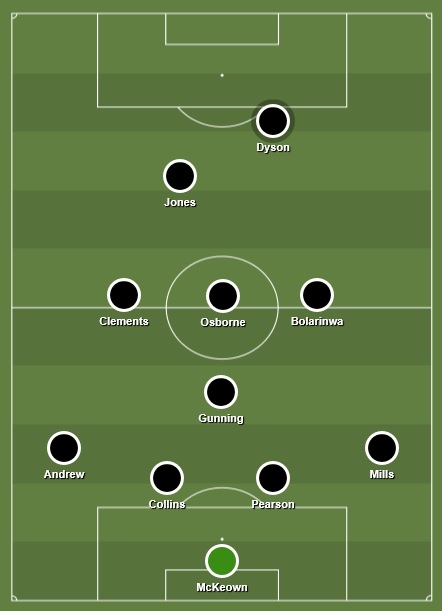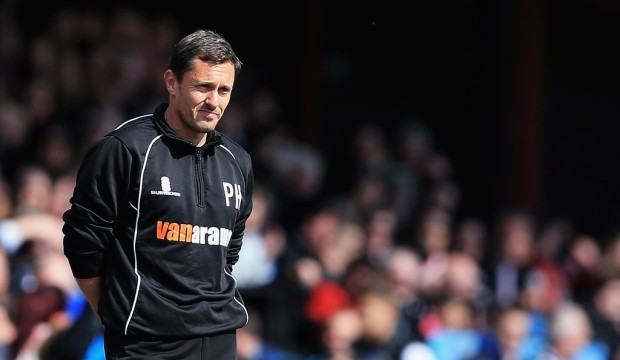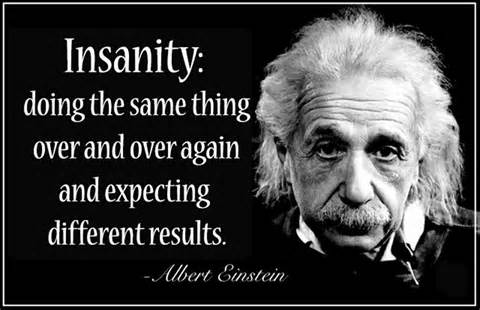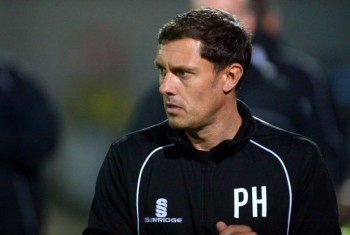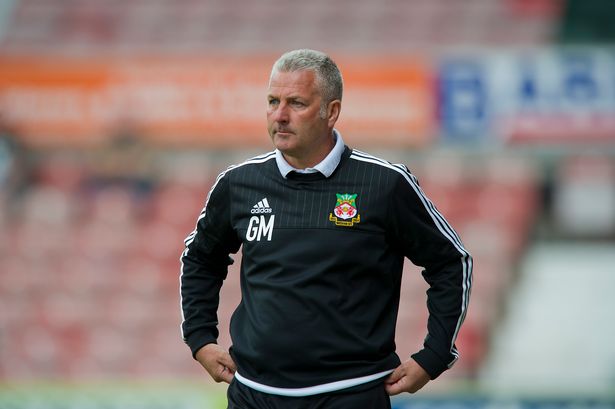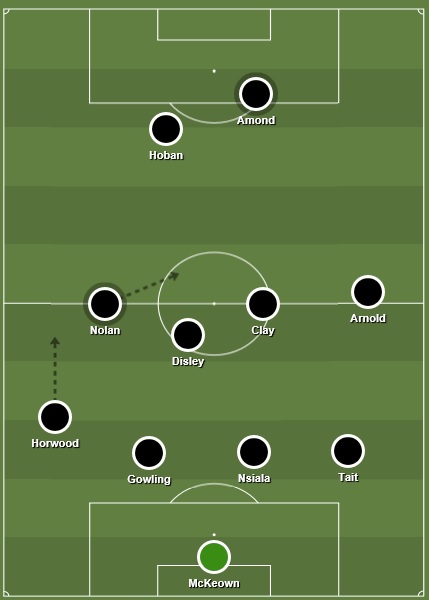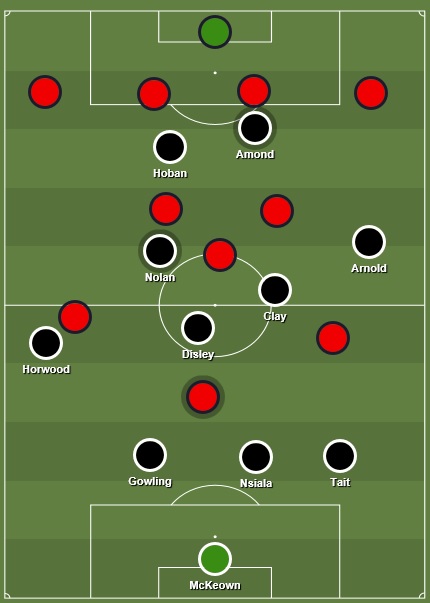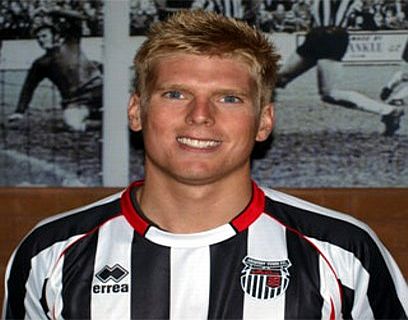If you’d seen this headline written in late September, after the Mariners had gone five straight games without scoring, you’d be expecting to read a critical and concerned piece about where we were going to find the goals to start winning football matches.
Instead, with Town surging towards the top half of the table as THE form side in League Two, all I’m doing for you is literally answering the question in the headline. A little round up of where Town’s goals have come from so far in the 2018/19 season, as we head into the new year. These figures take into account all league and cup games so far up to and including the last game of the calendar year away at Exeter.
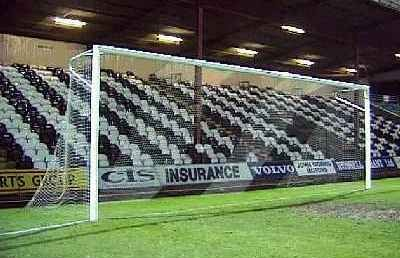
Town have played 31 games in all competitions so far (25 in the League plus 6 across 3 cup competitions) and scored 38 goals. That doesn’t sound too great a scoring record, but the side are having no problem finding the net at the moment. The last time Town failed to score was in the away defeat to Cambridge on November 3rd and we finish 2018 having scored 17 in our last 7 games.
Top Goalscorers
It makes sense to start with the actual goalscorers.
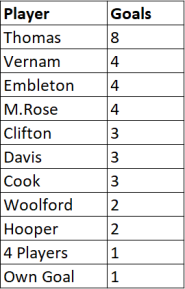
Wes Thomas leads the way with 8 goals in all competitions. Wes didn’t score his first goal until his 9th appearance of the season and is now on a run of 6 goals in his last 10 games. On current form, you wouldn’t bet against him hitting 20 goals this season.
Charles Vernam and Elliot Embleton both play key roles supporting Thomas in the final third and they’ve each weighed in with 4 goals. Whilst Mitch Rose-Pen is also on 4.
Academy graduates Harry Clifton and Ahkeem Rose have both scored the first goals of their professional careers this season, as has 22 year old Harry Cardwell.
Assists
Now to look at who is topping the assists chart. Please note that as well as traditional assists, I’ve given assists to players who have won a penalty we’ve scored from, and also where a goal is scored from a rebound, I’ve given an assist to the taker of the original shot.
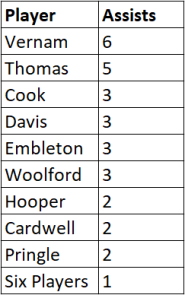
Charles Vernam leads the way with assists as a creative force in the Mariners side. Wes Thomas underlines the unselfish role he plays by chipping in with 5 assists so far, while Elliot Embleton and Harry Cardwell are recent climbers in this table.
Key Contributors
Now for a look at which players are contributing to the most goals, with a list of players that have the most goals and assists combined:
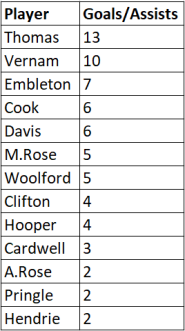
You’ll have probably guessed some of the names that would be at the top of this list. Wes Thomas leads the way, whilst Charles Vernam’s 6 assists put him in a close second. Michael Jolley will be hoping Charles’ injury isn’t a lengthy one as it’s clear his end product is improving. Another player whose end product is improving is loanee Elliot Embleton. After a slow start with goals and assists, he’s now bang in form and has added 2 goals and 3 assists to his total in the last month.
Before the game at Exeter on Saturday, 9 of Town’s previous 11 goals had either been scored or assisted by Wes Thomas or Elliot Embleton, showing not only their individual form, but their importance to the team of late.
Thomas perhaps took a few weeks to get fully match-fit after signing late, but has also no doubt benefited from the greater and quicker support he’s now getting when leading the line.
Embleton’s increase in productivity could be put down to a number of things – a young player learning his trade and improving week-by-week, settling into a new side in new surroundings, but probably quite key has been his switch to a more central attacking role in recent weeks which seems to have brought the best out in him.
Harry Davis might be a surprise name up there with 6 (3 goals & 3 assists). But he’s proved himself to be a threat at set pieces recently as well as establishing himself at centre-back after an earlier spell at full-back.
Jordan Cook is still high on the list with 6, despite limited opportunities recently. Cook hasn’t started a league game since the last time Town lost at home in the League on September 29th.
Special mention must go to Ben Pringle too. He might only have 2 assists to his name so far, but his set piece delivery has been good recently and his crosses have sometimes been flicked on before someone else applies the finishing touch.
Where on the Pitch?
Here’s a quick snapshot of where on the pitch the goals have been scored from so far.
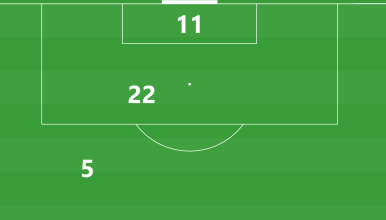
As is most common in football, most goals have come from inside the 18-yard box, with 22 scored from this area. A further 11 have come from inside the 6-yard box. And 5 strikes have come from outside the box. A few of these outside the box were really borderline, but in case you’re wandering which goals were outside the box, they were:
- Cook vs Macclesfield
- Woolford vs Lincoln
- Embleton vs MK Dons (FA Cup)
- Embleton vs Tranmere
- Thomas vs Port Vale
How the goals are scored
Here’s a quick look at the spread of goals and how they’ve come about.
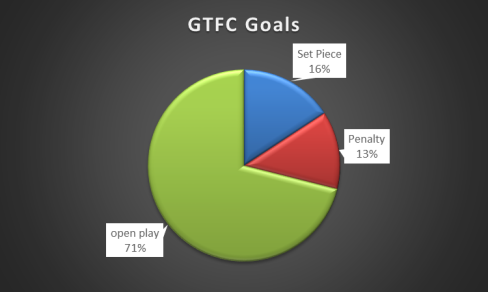
You’ll see we’ve got a few from set pieces but this has taken a while to get going. We’ve scored 6 goals from set pieces but aside from one against Notts County in the Checkatrade Trophy in early September, the other 5 have all come in the last 8 games. People will naturally point to Ben Pringle’s introduction into the team (although Embleton’s delivery has also contributed) coinciding with us scoring goals from set plays, but there’s also work being done on the training ground.
How Many Games GTFC Have Scored In
A look at how many times Town have hit the back of the net in different quantities doesn’t reflect current form, but shows the early season struggle the team had in scoring goals.
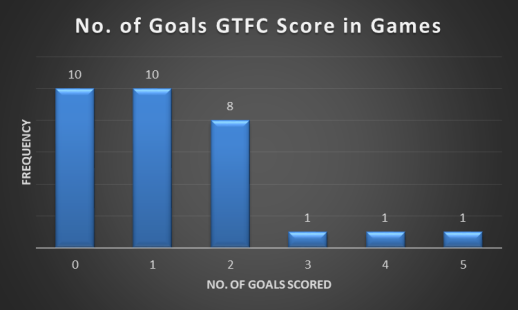
In League and Cup, Town have so far failed to score in close enough to a third of their games. Yet recent weeks has seen us hit 4 and 5 goals in a game. And I repeat the stat I mentioned earlier of 17 goals scored in the last 7 games to show that we are an improving side.
Hope you’ve found some of this remotely interesting.
Thanks for reading.
Up the Town!!!
